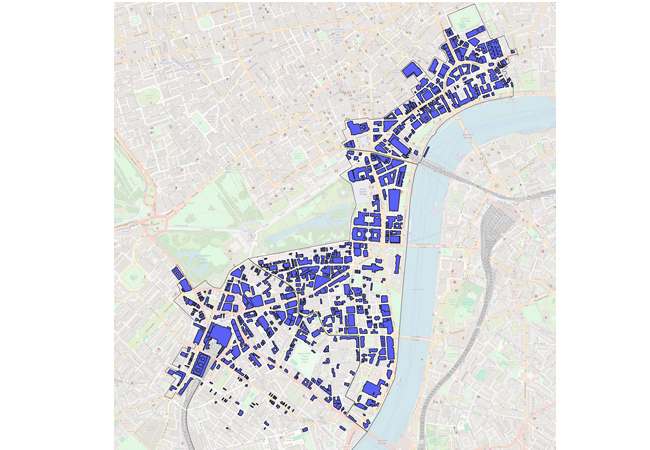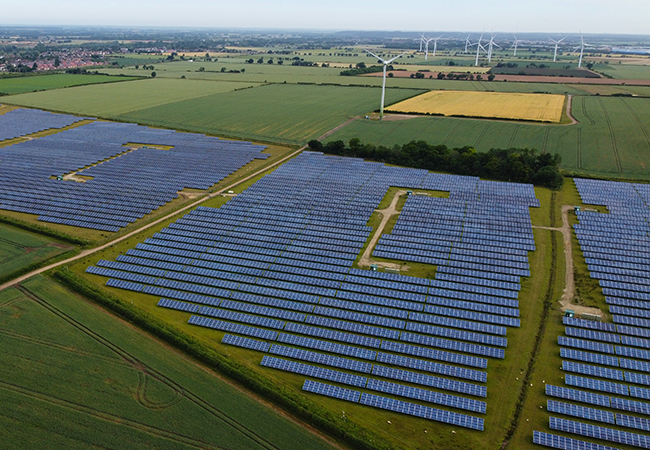Plans for smart energy grids based on low temperature heat networks have been revealed.
A network in Islington, North London, will provide heat and power for 33,000 residents and 70 local businesses, and be connected to charging points for electric vehicles.
The Green Smart Community Integrated Energy System (GreenSCIES) is a partnership between London South Bank University, Islington Council and Transport for London.
It works by sharing heat and cooling between buildings using a low temperature (5th-generation) heat network, in conjunction with heat pumps that raise or reduce the temperature according to buildings’ requirements.
The system will take secondary waste heat from the London Underground and other facilities, such as offices and data centres.
It will be connected to the electricity network and use artificial intelligence to draw low-cost electricity from renewables and thermal stores when electricity prices are high.
Director of the GreenSCIES consortium Graeme Maidment said: ‘GreenSCIES provides a brilliant opportunity to deliver low carbon energy in urban areas.
‘We did some comprehensive modelling in Islington and are predicting an 84% reduction in energy use compared to gas, Grid electricity and conventional fuel vehicles.’
GreenSCIES is also working with the Birmingham West Midlands Combined Authority (BWMCA) on a potential site. ‘What we’re trying to do is develop schemes that are generic and replicable in any urban setting,’ said Maidment.
GreenSCIES partner Phil Jones said: ‘It will become a template for high-energy density areas, particularly where there is a good balance of heating and cooling.’
GreenSCIES is one of 10 local smart energy projects awarded £21m of funding last month by UK Research and Innovation.




